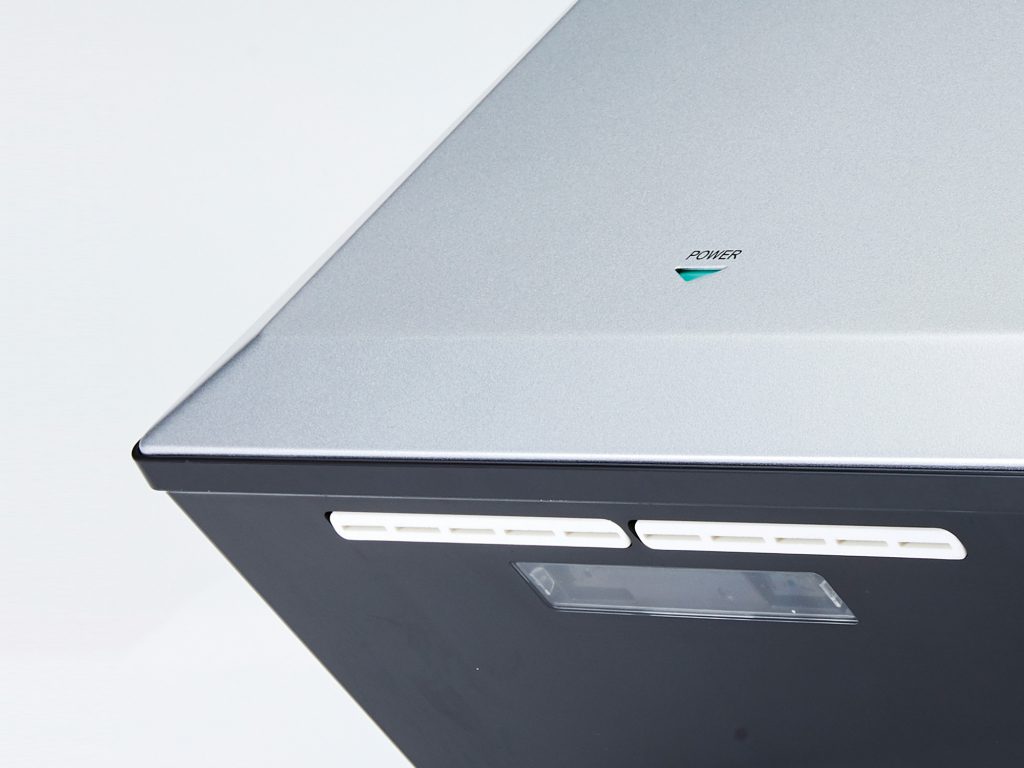What are the running costs of a hand dryer
When fitting out a building, budget is always a consideration. Maximising the value that you get in all aspects of the project is essential, but it is also vitally important that you factor in the longer-term costs. A saving today by choosing a lower priced appliance such as a hand dryer could store up problems for the future in terms of higher maintenance and operating costs.
What contributes to the running cost of a hand dryer
In most buildings, hand dryers are used multiple times each day and are a key part of hygiene for staff and visitors. In a larger building, there may be dozens of dryers in multiple bathrooms to cater to the population of the building, and as such, the overall purchase cost could be high. However, this should be factored against the longer-term costs.
Different types of hand dryer
There are two main kinds of hand dryer used in bathrooms. Warm air (evaporative) dryers and more modern jet hand dryers such as the Mitsubishi Electric Wave range. Warm air hand dryers work by blowing air at slow speed over a heating element to cause the hands to dry as the moisture evaporates into steam. The use of a heater will result in much higher energy use.
A jet hand dryer uses a narrow beam of fast-moving air to blow water off the surface of the skin. It does not need to have a heater which helps to reduce the amount of electricity used.

